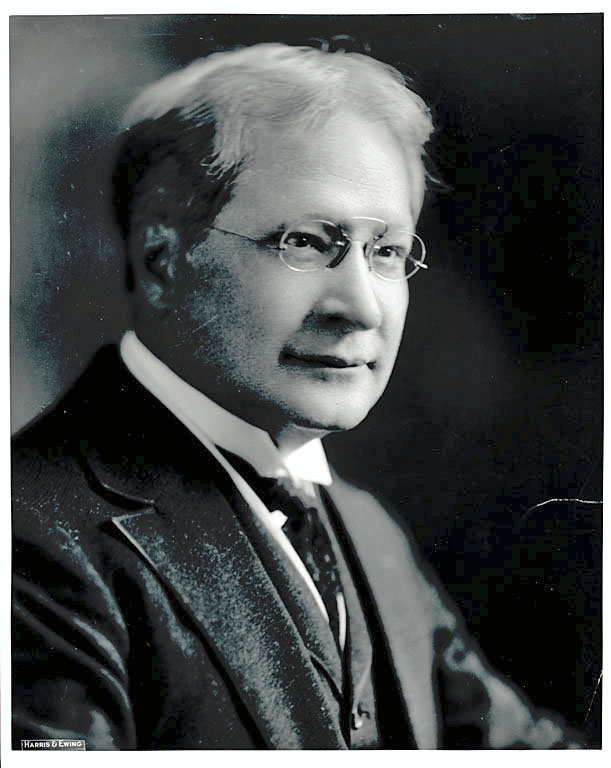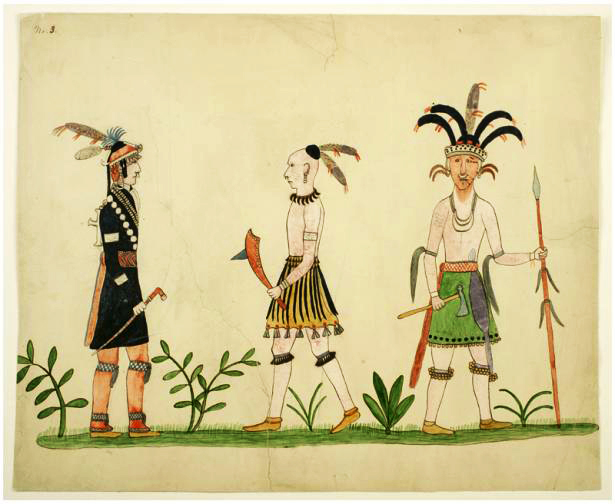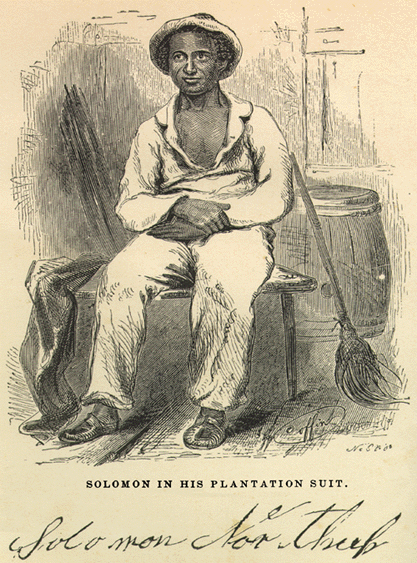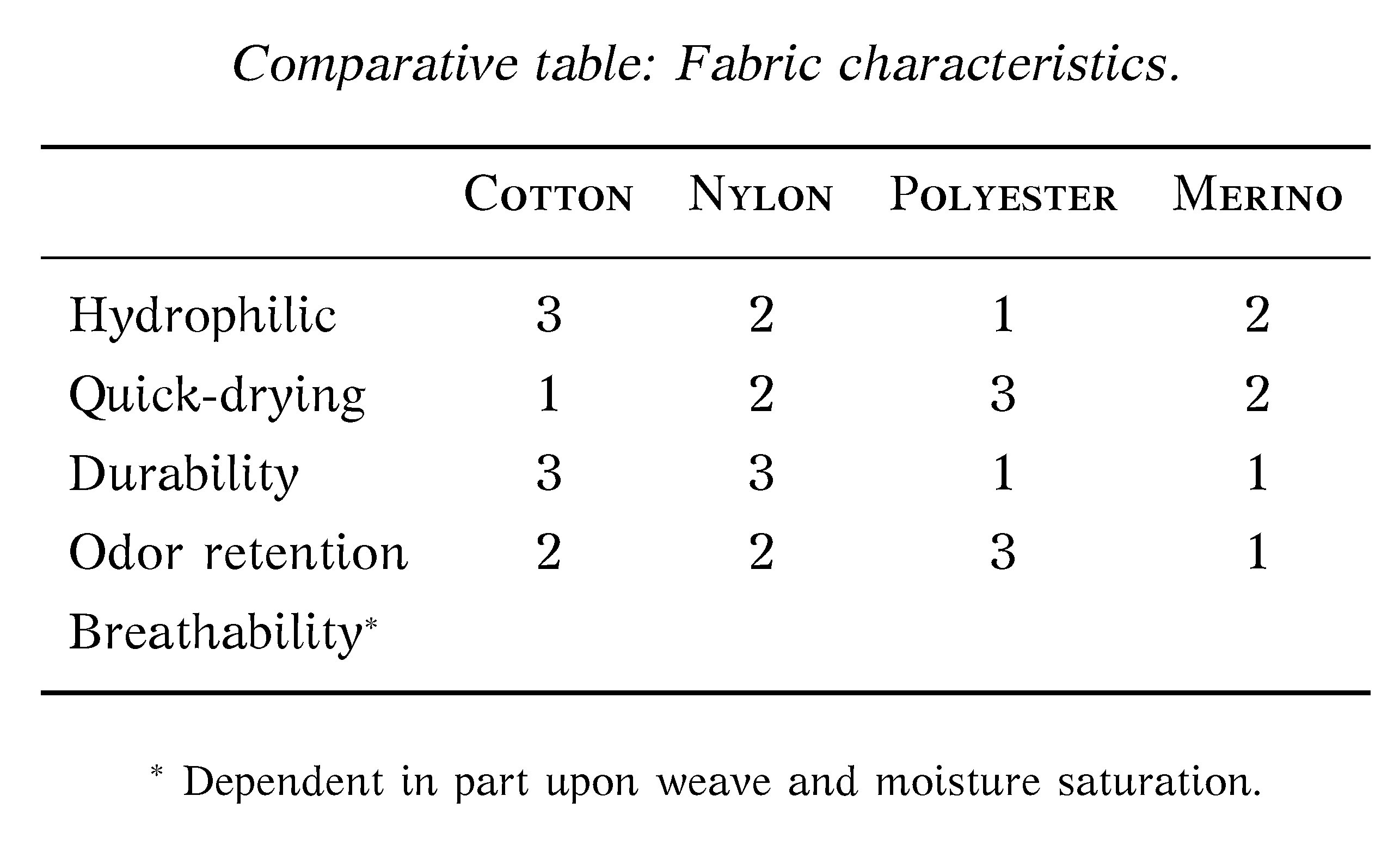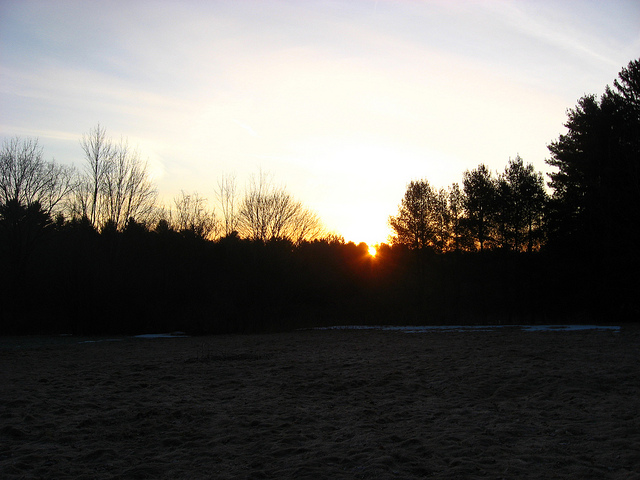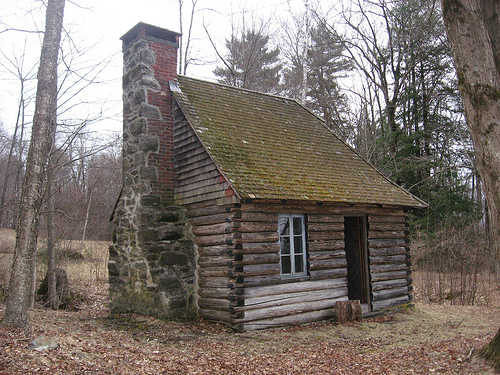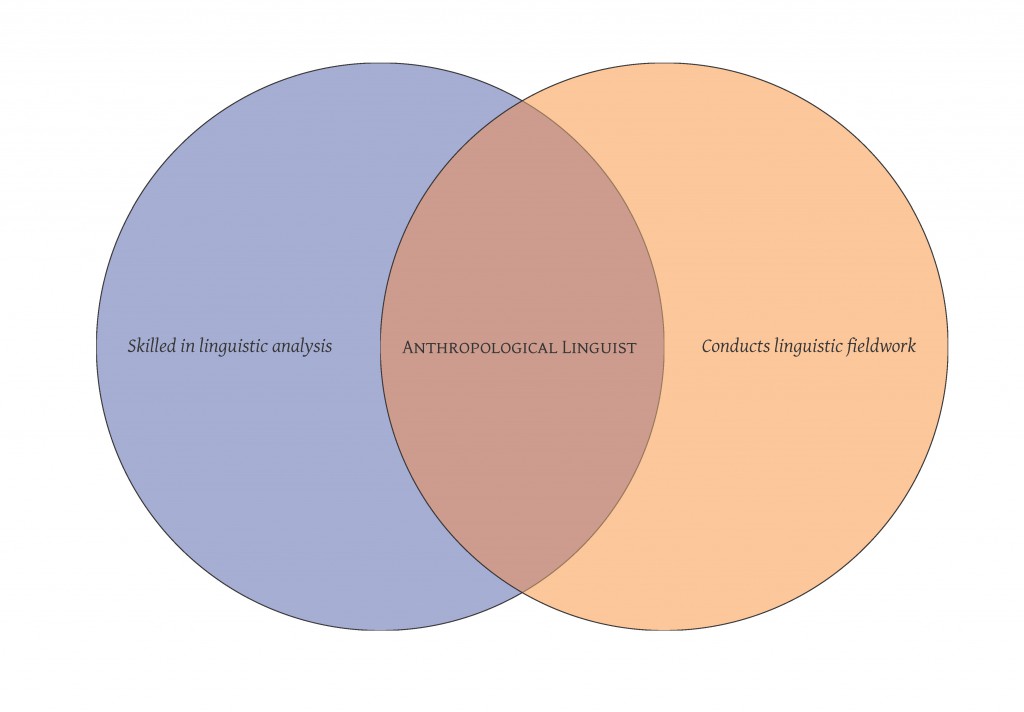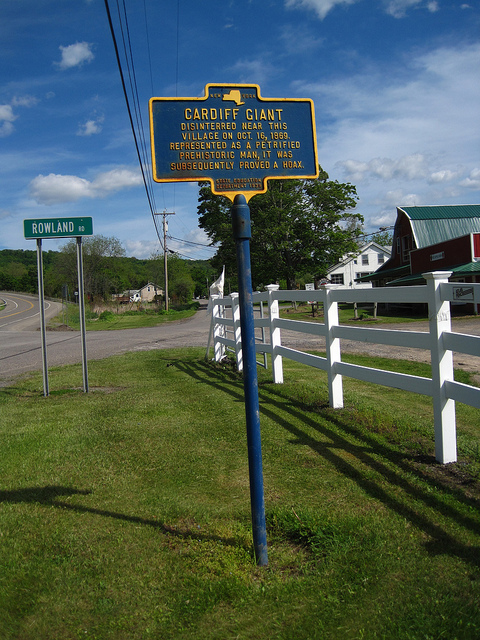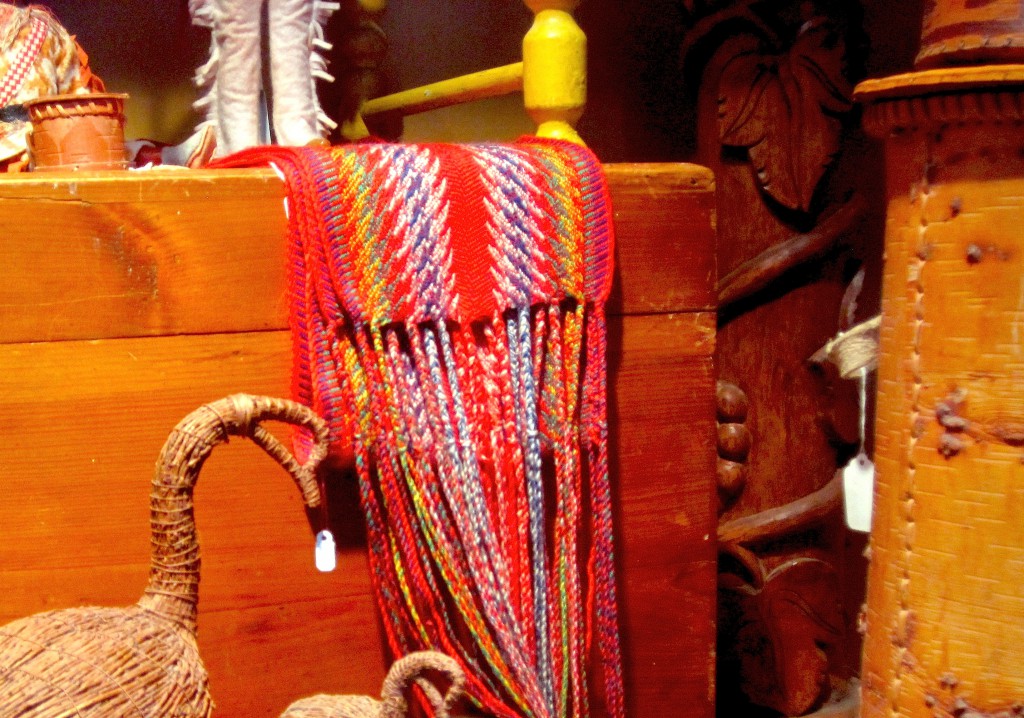It took me several years to get a command of the Hewitt Six Nations ceremonial and text notes. – Bill Fenton1
John Napoleon Brinton Hewitt (1859–1937) is often described as a linguist by vocation, but his interest in linguistic structure was of a piece with a much broader set of research interests. He was a skilled comparativist who collected native language accounts in the service of historical reconstruction. In his reliance upon this particular set of sources and methods, Hewitt falls squarely within the Americanist Tradition.2
During his five decade career at the Bureau of American Ethnology (BAE hereafter), Hewitt returned from the field with scores of texts in Tuscarora, Seneca, Onondaga, and Mohawk. Upon each return to D.C. he then proceeded to fastidiously gloss them at his own pace, and publish only in drips and drabs. In the years since his death his publications and manuscripts have served as rich source material for ongoing study of Iroquois culture history and the Iroquoian languages.
